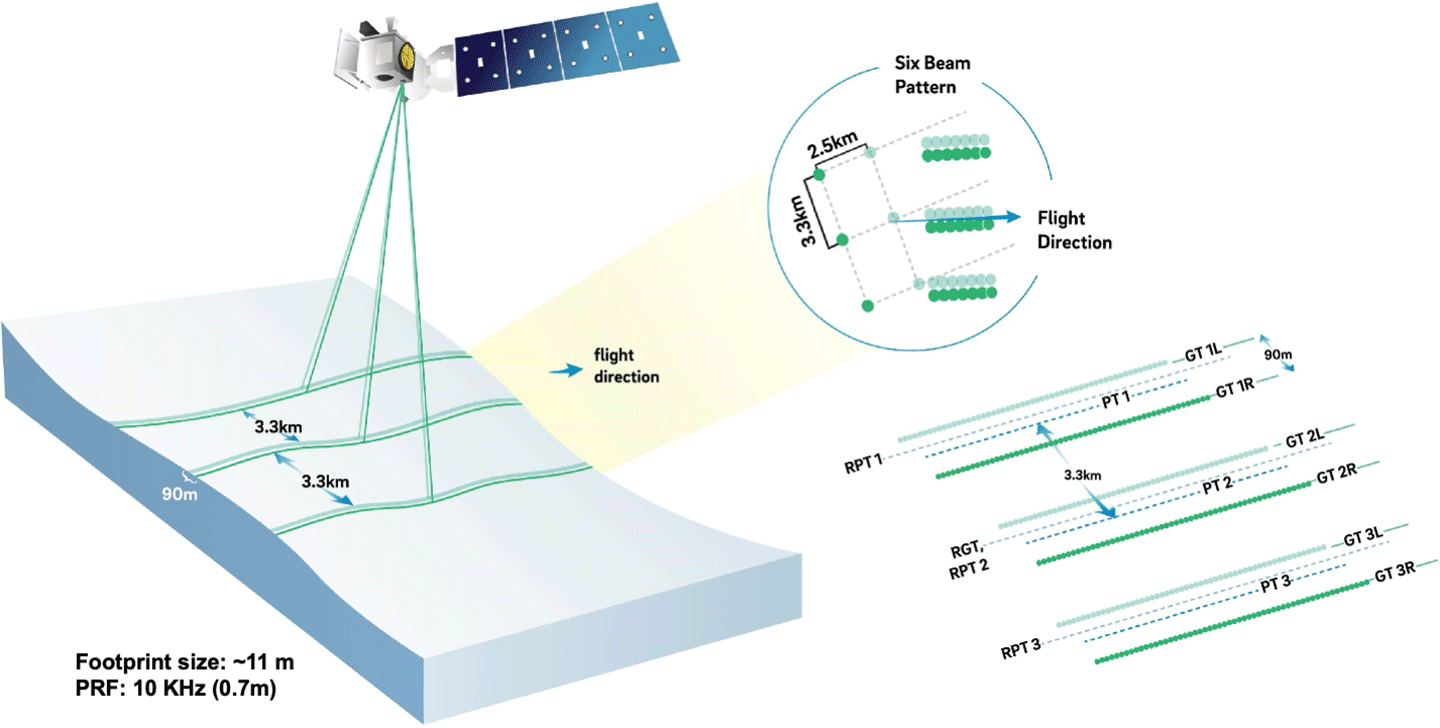Now Reading: NASA’s IXPE Obtains First X-ray Polarization Measurement of Magnetar Outburst
-
01
NASA’s IXPE Obtains First X-ray Polarization Measurement of Magnetar Outburst
NASA’s IXPE Obtains First X-ray Polarization Measurement of Magnetar Outburst

What happens when the universe’s most magnetic object shines with the power of 1,000 Suns in a matter of seconds? Thanks to NASA’s IXPE (Imaging X-ray Polarimetry Explorer), a mission in collaboration with ASI (Italian Space Agency), scientists are one step closer to understanding this extreme event.
Magnetars are a type of young neutron star — a stellar remnant formed when a massive star reaches the end of its life and collapses in on itself, leaving behind a dense core roughly the mass of the Sun, but squashed down to the size of a city. Neutron stars display some of the most extreme physics in the observable universe and present unique opportunities to study conditions that would otherwise be impossible to replicate in a laboratory on Earth.
The magnetar 1E 1841-045, located in the remnants of a supernova (SNR Kes 73) nearly 28,000 light-years from Earth, was observed to be in a state of outburst by NASA’s Swift, Fermi, and NICER telescopes on August 21, 2024.
A few times a year, the IXPE team approves requests to interrupt the telescope’s scheduled observations to instead focus on unique and unexpected celestial events. When magnetar 1E 1841-045 entered this brighter, active state, scientists decided to redirect IXPE to obtain the first-ever polarization measurements of a flaring magnetar.
Magnetars have magnetic fields several thousand times stronger than most neutron stars and host the strongest magnetic fields of any known object in the universe. Disturbances to their extreme magnetic fields can cause a magnetar to release up to a thousand times more X-ray energy than it normally would for several weeks. This enhanced state is called an outburst, but the mechanisms behind them are still not well understood.
Through IXPE’s X-ray polarization measurements, scientists may be able to get closer to uncovering the mysteries of these events. Polarization carries information about the orientation and alignment of the emitted X-ray light waves; the higher the degree of polarization, the more the X-ray waves are traveling in sync, akin to a tightly choreographed dance performance. Examining the polarization characteristics of magnetars reveals clues about the energetic processes producing the observed photons as well as the direction and geometry of the magnetar magnetic fields.
The IXPE results, aided by observations from NASA’s NuSTAR and NICER telescopes, show that the X-ray emissions from 1E 1841-045 become more polarized at higher energy levels while still maintaining the same direction of propagation. A significant contribution to this high polarization degree comes from the hard X-ray tail of 1E 1841-045, an energetic magnetospheric component dominating the highest photon energies observed by IXPE. “Hard X-rays” refer to X-rays with shorter wavelengths and higher energies than “soft X-rays.” Although prevalent in magnetars, the mechanics driving the production of these high energy X-ray photons are still largely unknown. Several theories have been proposed to explain this emission, but now the high polarization associated with these hard X-rays provide further clues into their origin.
The results are presented in two papers published in The Astrophysical Journal Letters, one led by Rachael Stewart, a PhD student at George Washington University, and the other by Michela Rigoselli of the Italian National Institute of Astrophysics. The papers represent the collective effort of large international teams across several countries.
“This unique observation will help advance the existing models aiming to explain magnetar hard X-ray emission by requiring them to account for this very high level of synchronization we see among these hard X-ray photons,” said Stewart. “This really showcases the power of polarization measurements in constraining physics in the extreme environments of magnetars.”
Rigoselli, lead author of the companion paper, added, “It will be interesting to observe 1E 1841-045 once it has returned to its quiescent, baseline state to follow the evolution of its polarimetric properties.”
IXPE is a space observatory built to discover the secrets of some of the most extreme objects in the universe. Launched in December 2021 from NASA’s Kennedy Space Center on a Falcon 9 rocket, the IXPE mission is part of NASA’s Small Explorer series.
IXPE, which continues to provide unprecedented data enabling groundbreaking discoveries about celestial objects across the universe, is a joint NASA and Italian Space Agency mission with partners and science collaborators in 12 countries. IXPE is led by NASA’s Marshall Space Flight Center in Huntsville, Alabama. BAE Systems, headquartered in Falls Church, Virginia, manages spacecraft operations together with the University of Colorado’s Laboratory for Atmospheric and Space Physics in Boulder.
Learn more about IXPE’s ongoing mission here:
Elizabeth Landau
NASA Headquarters
elizabeth.r.landau@nasa.gov
202-358-0845
Lane Figueroa
Marshall Space Flight Center, Huntsville, Ala.
lane.e.figueroa@nasa.gov
256.544.0034























